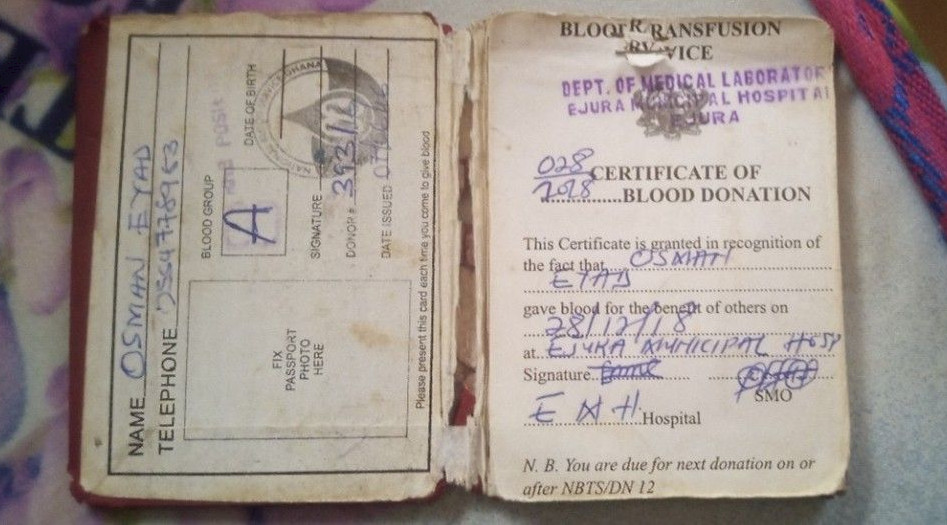How Can Donating Blood Help People with Sickle Cell Disease?
One of the best and most direct ways to give those with SCD the highest quality of life is through blood donation. Through this generosity, sickle cell patients are more likely to receive much-needed blood transfusions, which can help stave off severe complications such as anemia, acute chest syndrome and stroke.
Finding compatible blood donors for patients with sickle cell can be incredibly challenging, however, as SCD patients need donors whose red blood cell surface is similar to their own while also having red blood cells that don't sickle. Healthy donors, particularly donors from within the African American community, can make a tremendous difference in the lives of sickle cell patients.
That’s the message Dansby and her loved ones want to spread. Beverly Coleman, Dansby’s nurse and friend for over 30 years, has witnessed the debilitating pain of the disease firsthand.
“The more we give, the more that can be matched,” Coleman says. “It’s worth it, it is so worth it. Just think about it – the little pain you go through – just think about what sickle cell patients go through.”
Like Coleman, Dansby’s boyfriend Dionne Hopson has been by his partner’s side as she’s battled the disease and says he would happily take on her pain if he could.
“I hate needles. I hate them with a passion,” Hopson says. “But if my blood matched hers and it’s going to make her feel better, then doc, get what you need. I’m all in.”
If you would like to help people like Dansby, consider scheduling your blood donation today. Or as Dansby herself puts it: “Please take the time out of your life and give someone else life.”
Schedule your donation



